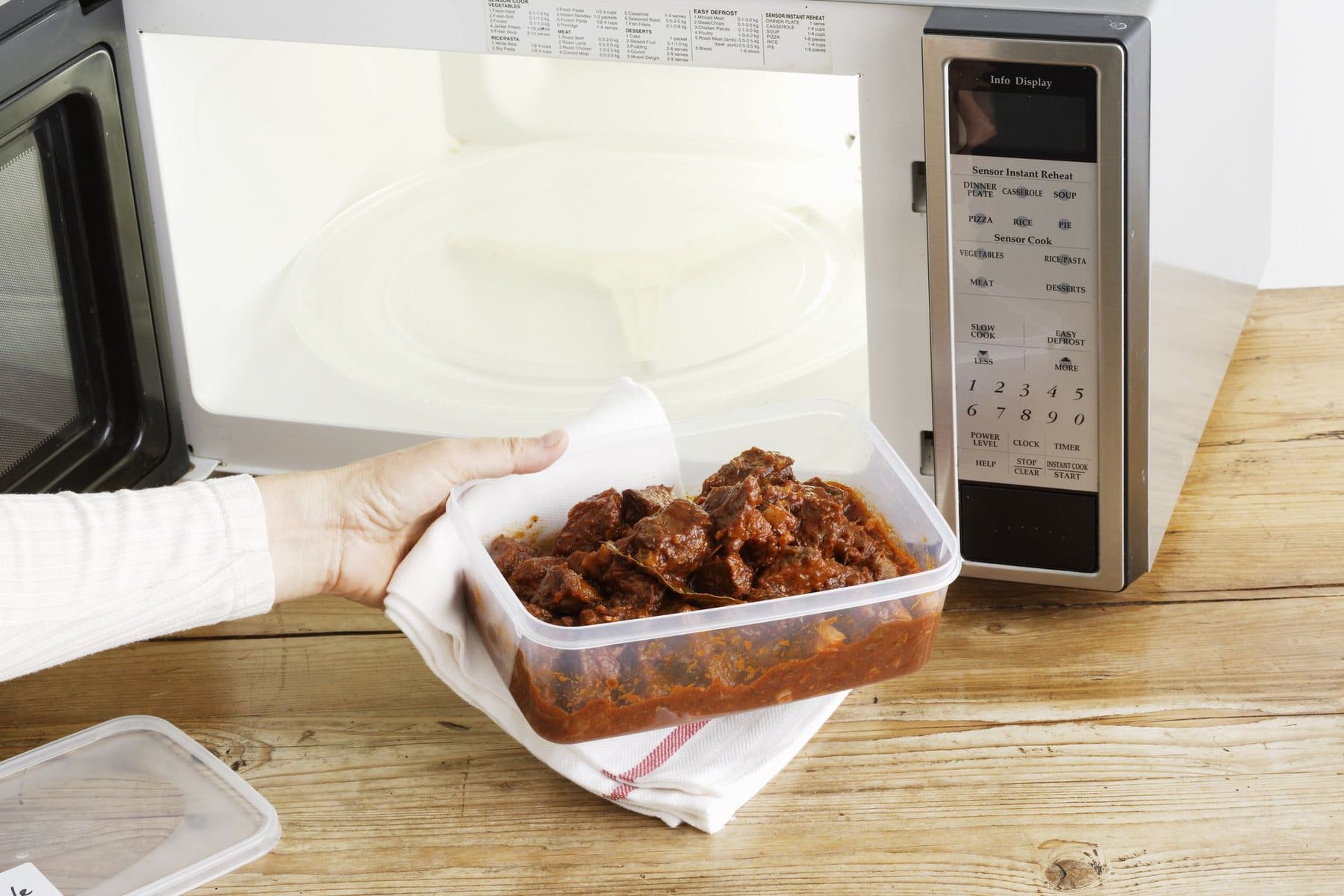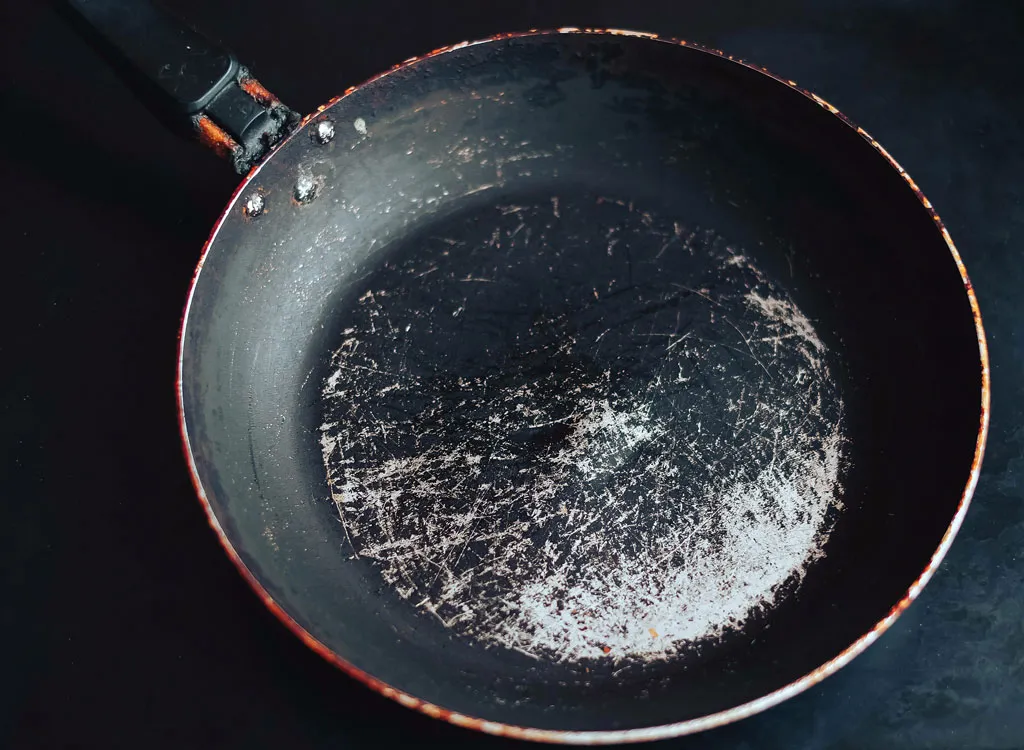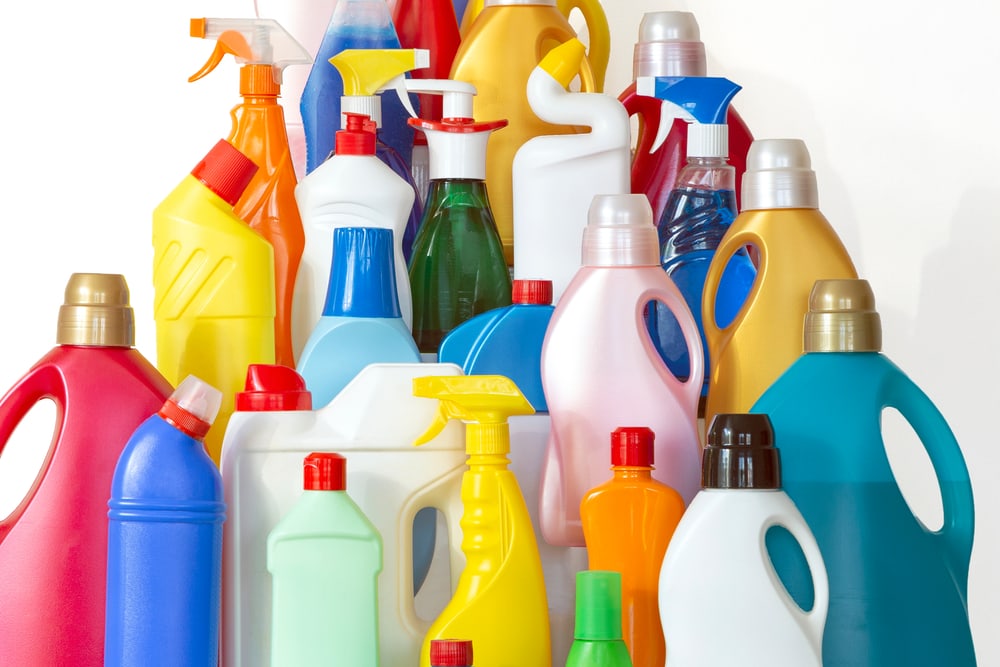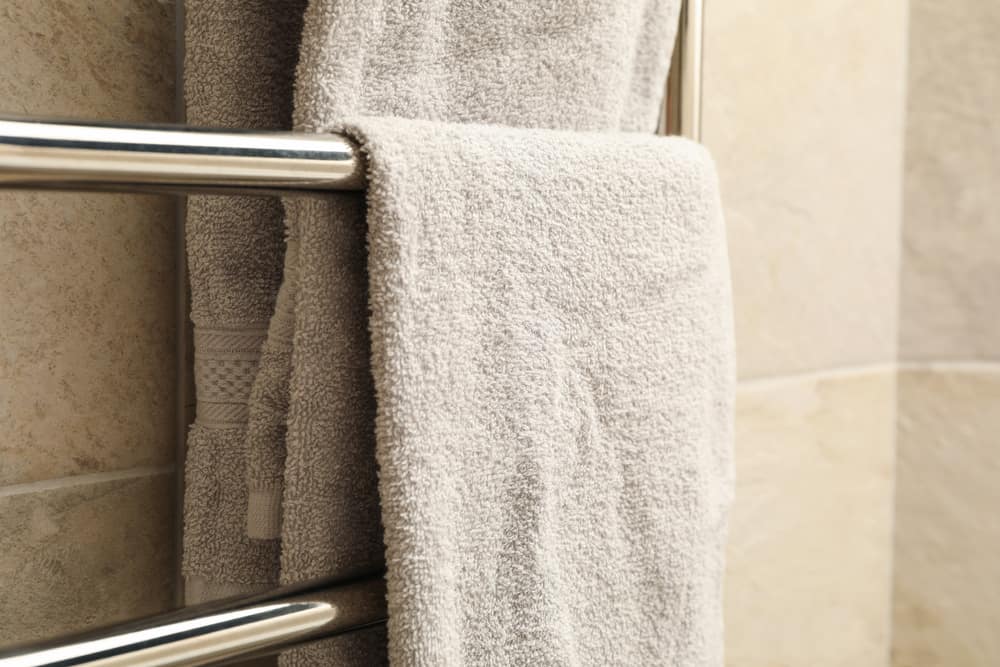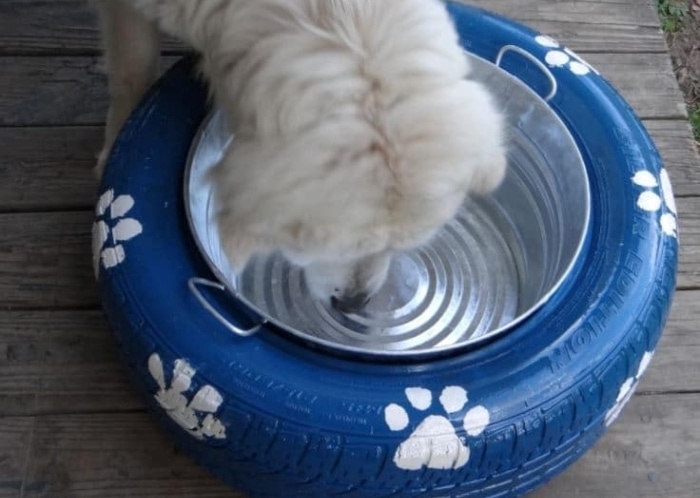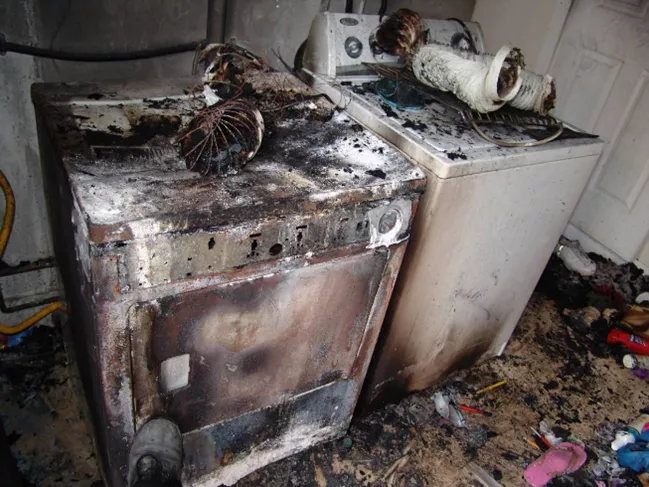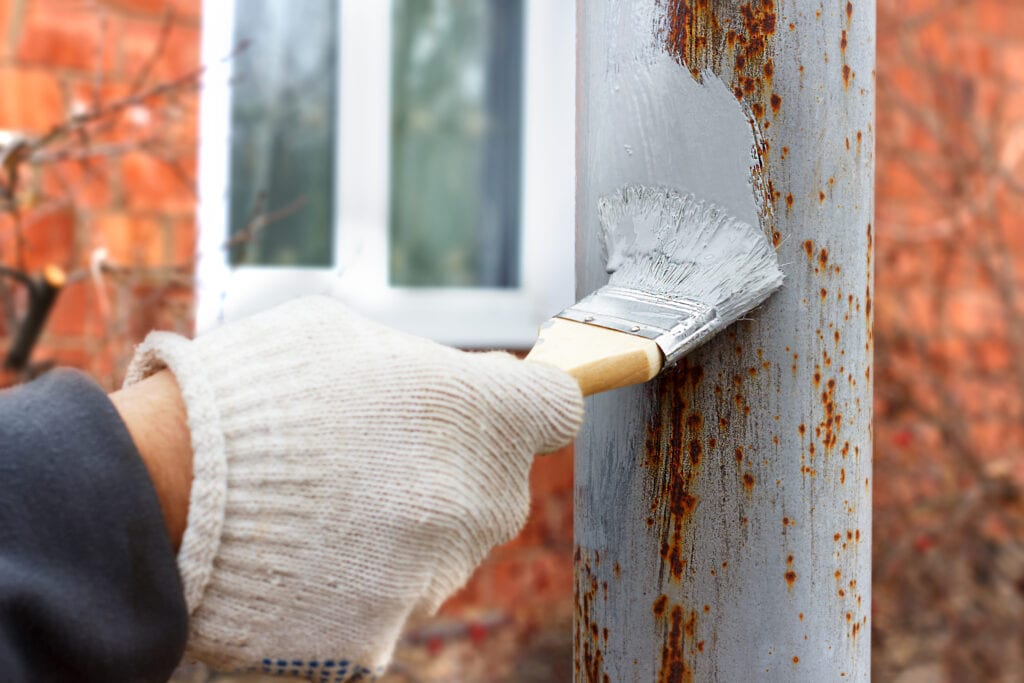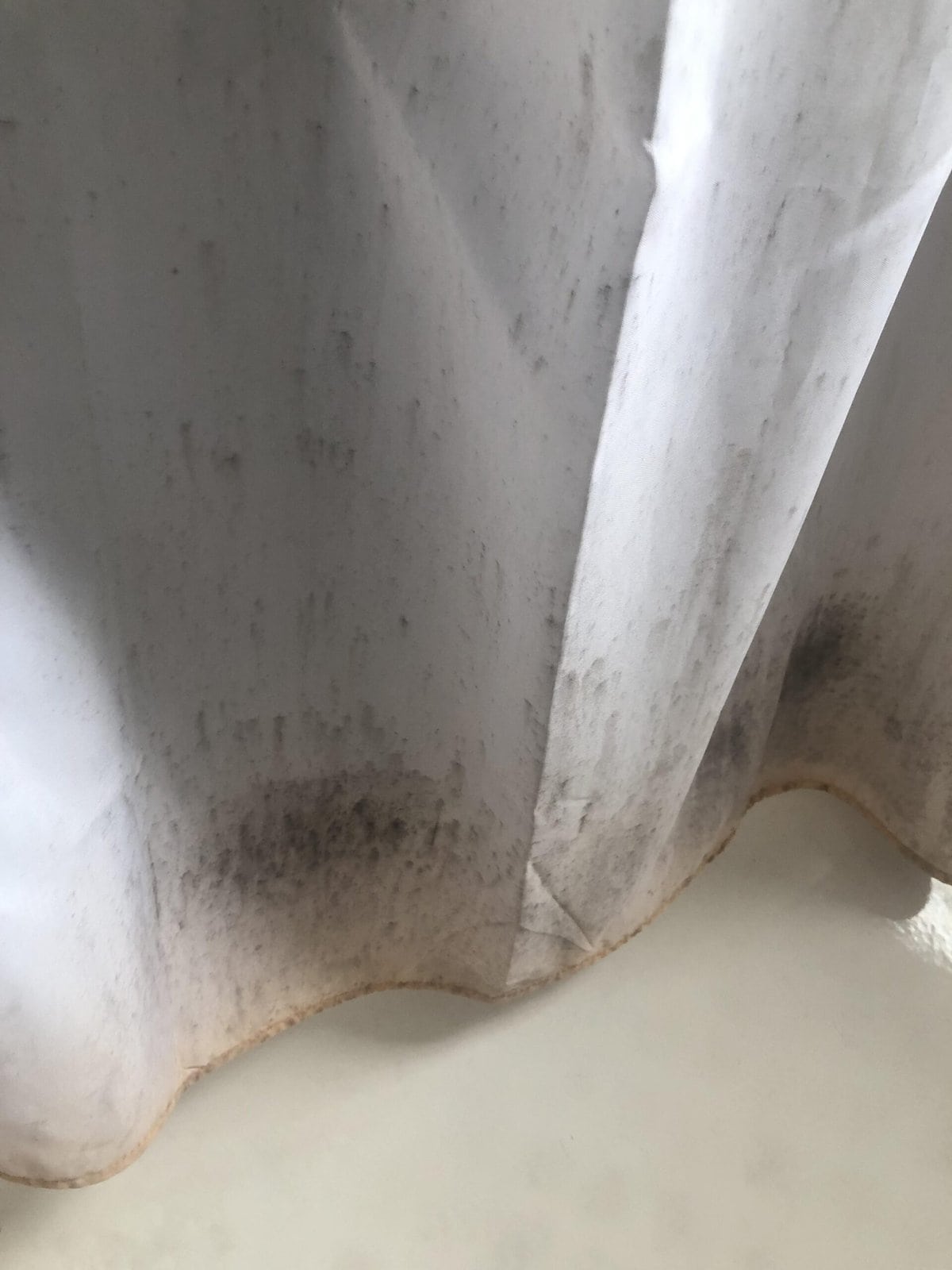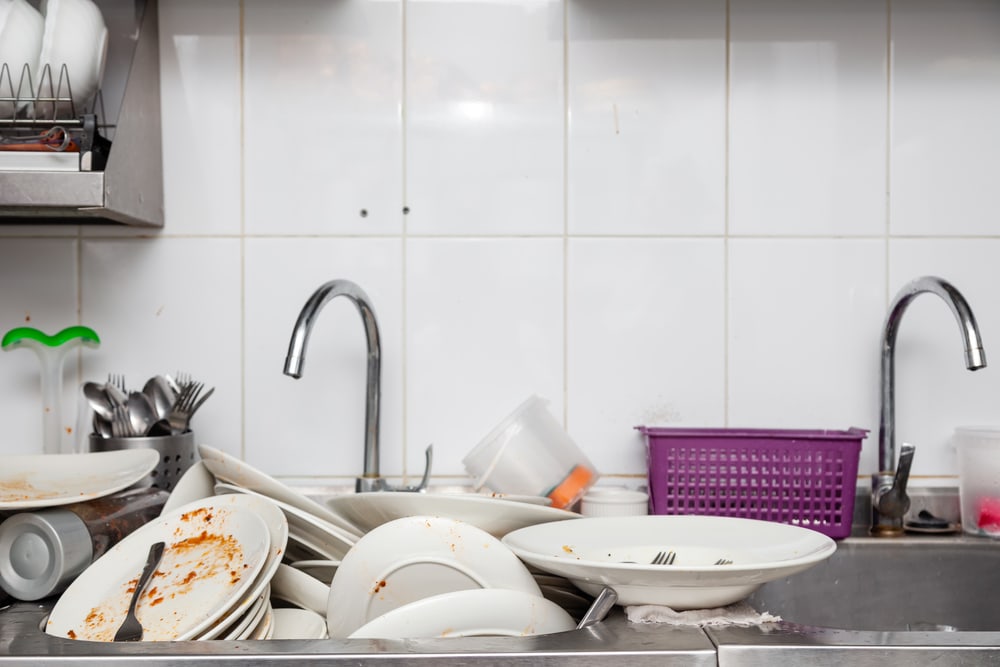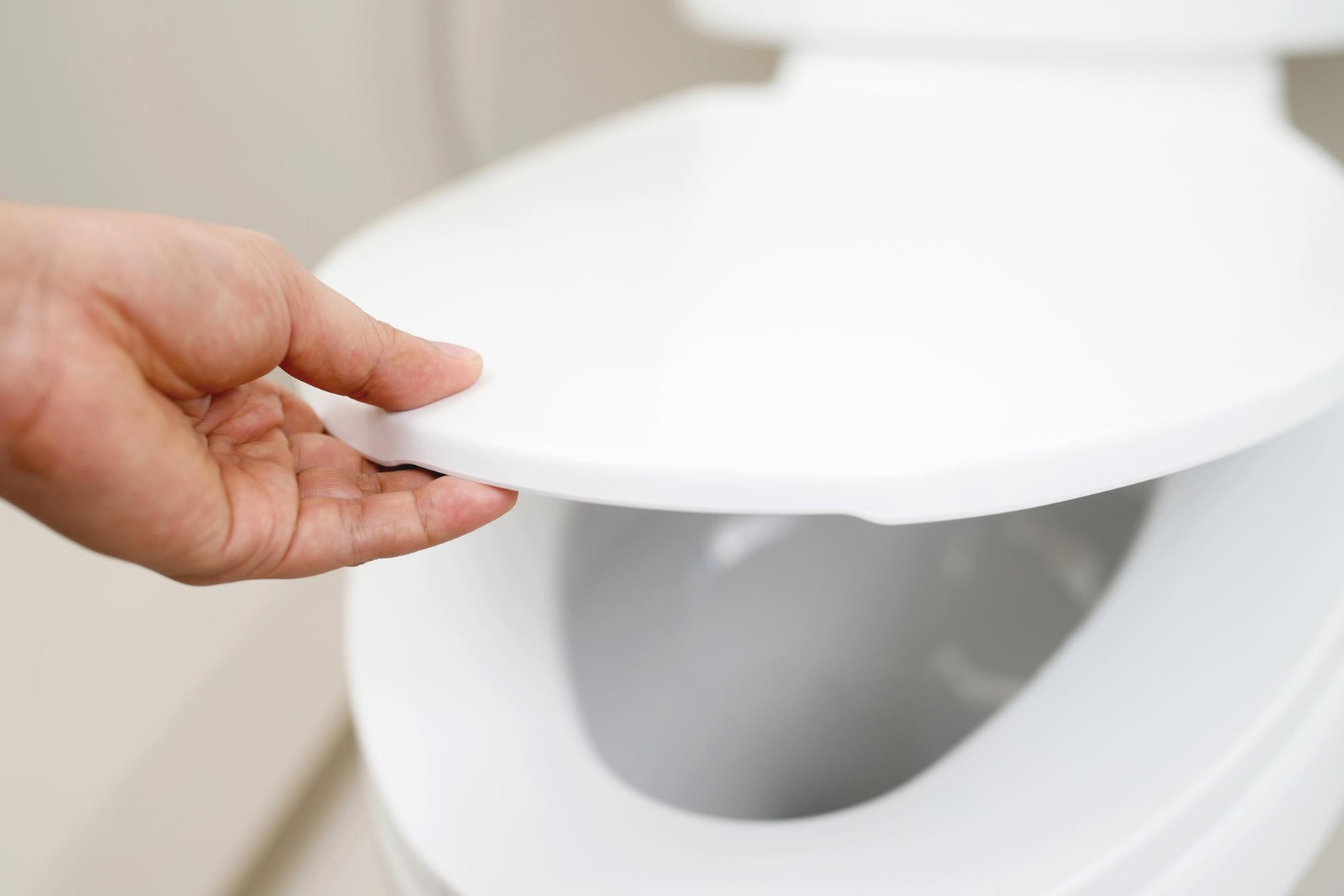In the tapestry of our daily lives, seemingly innocuous habits within the confines of our homes can, over time, harbor unforeseen dangers to our health. While we often associate health risks with more evident factors such as diet and exercise, it’s crucial to recognize that our domestic routines can significantly impact our well-being. In this exploration, we delve into the subtleties of our daily home habits, unveiling how seemingly small practices can evolve into potential threats, with consequences extending beyond mere convenience. From the hygiene of our everyday items to the choices we make in our domestic spaces, this examination sheds light on the hidden health hazards embedded in our homes.
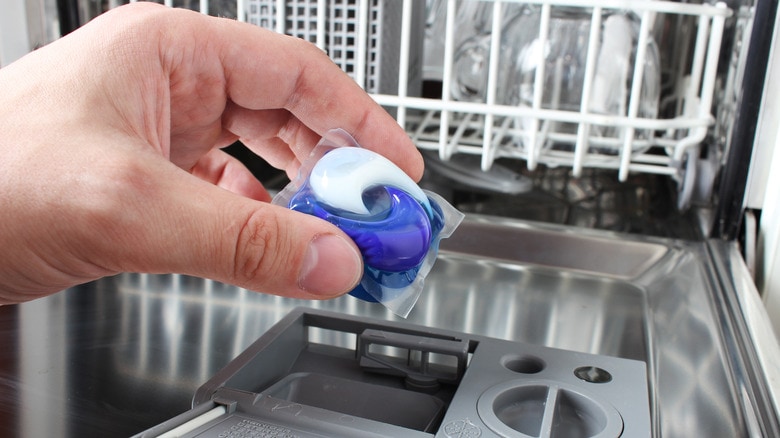
Dishwasher Pods Are Getting Plastic On Your Dishes And In Food
Dishwasher pods have become a convenient solution for many households, offering a quick and efficient way to clean dishes without the hassle of measuring detergent. However, a concerning issue has emerged regarding these pods: the potential release of plastic into the dishwasher, leading to the ingestion of microplastics with your meals. As dishwasher pods dissolve during the washing cycle, the plastic coating that encases the detergent may not break down entirely. This residue can then end up on your dishes, and ultimately, on your dinner plate. With the growing awareness of the environmental impact of plastic pollution, the revelation that these plastic remnants may be finding their way into our bodies through the food we consume adds another layer of concern to the use of dishwasher pods.
The ingestion of plastic particles poses potential health risks, as microplastics have been linked to various health issues, including inflammation, oxidative stress, and disruptions in the endocrine system. While the exact health implications of consuming plastic from dishwasher pods are still being studied, it raises questions about the long-term effects on human health. As consumers seek to balance convenience with health and environmental considerations, there is a growing call for manufacturers to address this issue by developing more sustainable alternatives or improving the breakdown of plastic components in dishwasher pods to ensure that our meals remain free from unintended plastic contamination.

